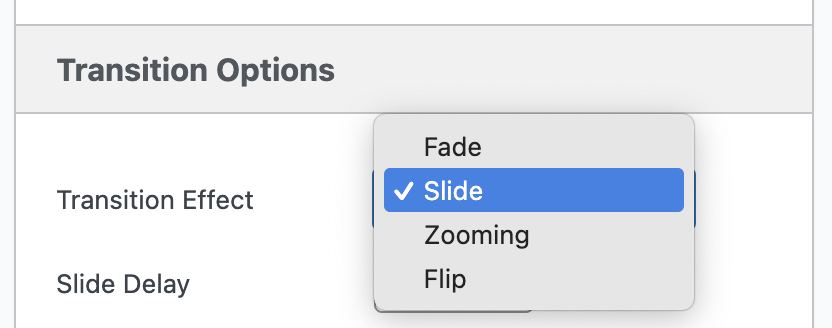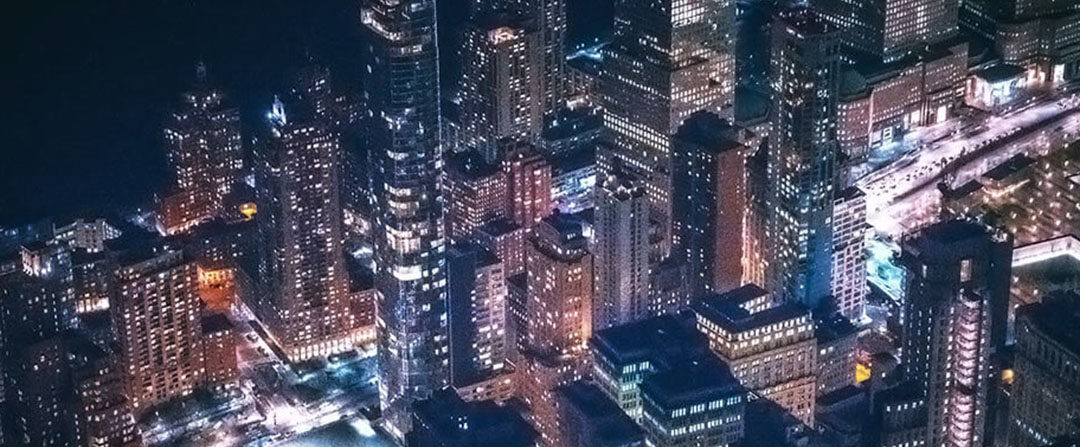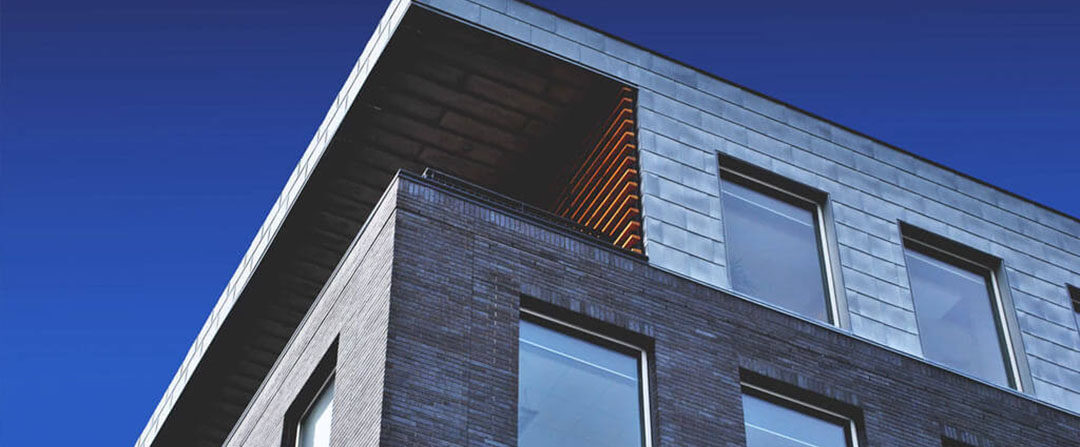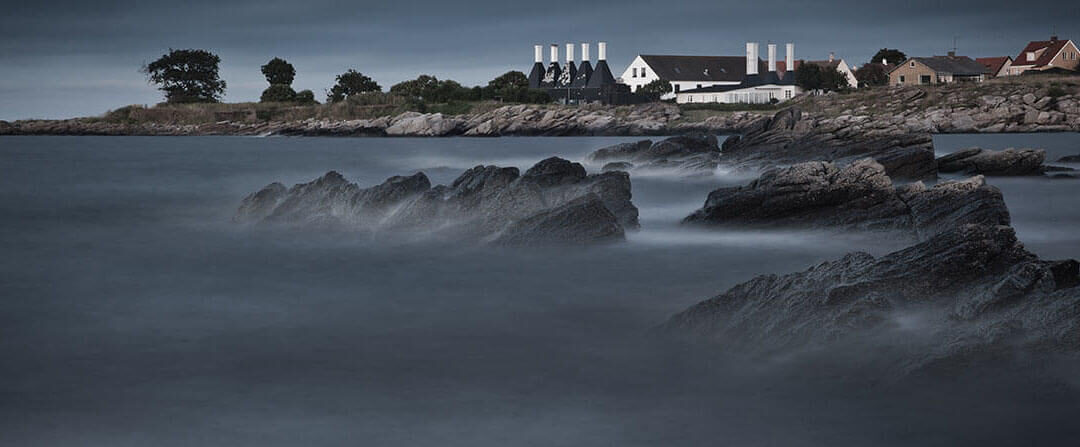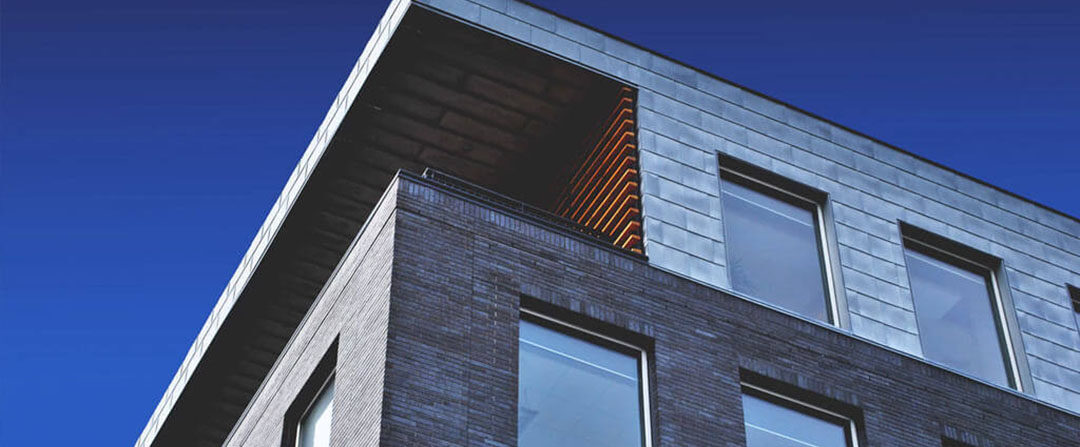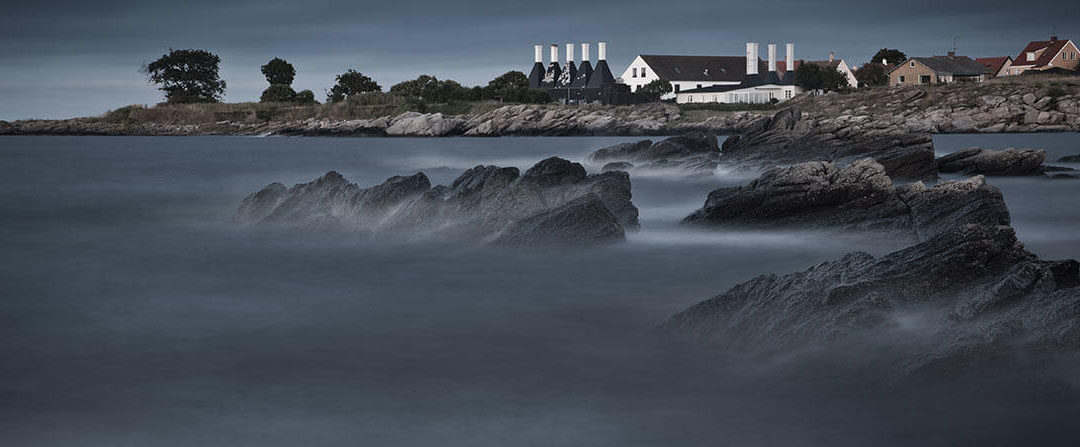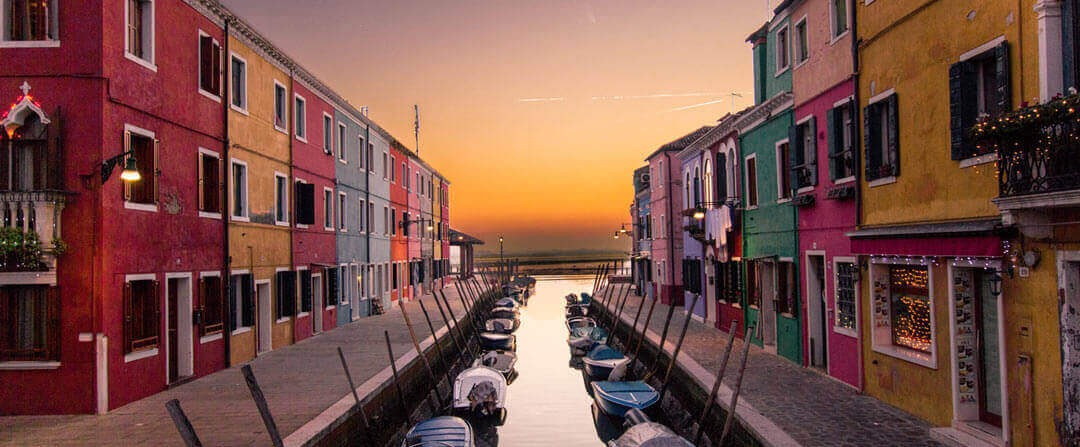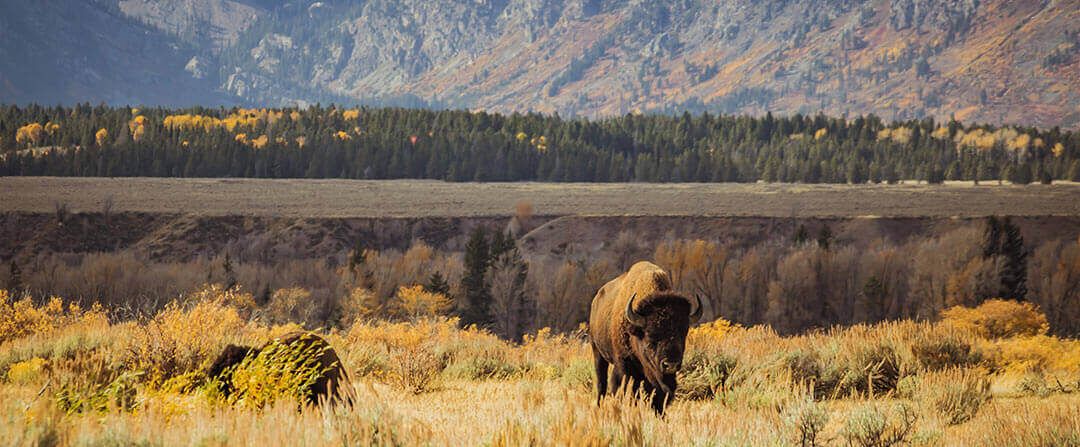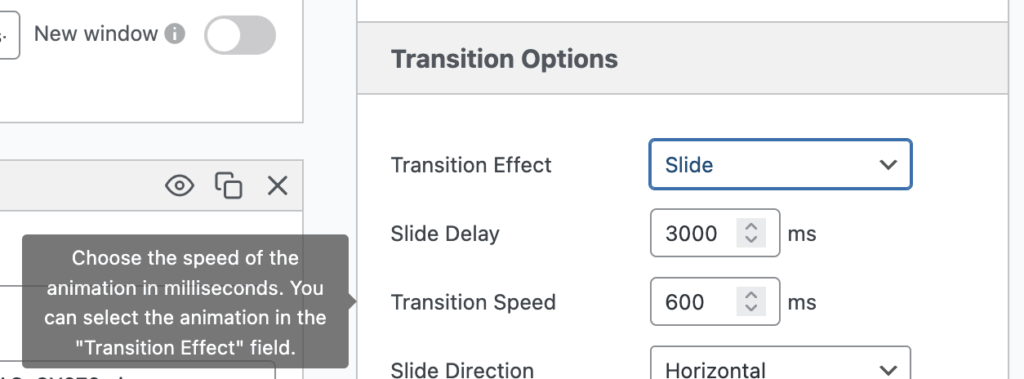People will form judgments about your site in just a few seconds. Often their first impression of your site starts with your hero section or slider. A well-designed slider can pull visitors in, share your message, and lead them to where you want them to go. So what takes a slider from good to great? It is all in the details, especially the transitions.
MetaSlider has four options for controlling the transition effect between slides. You can choose between “Fade”, “Slide”, “Zooming” and “Flip” options.
In this guide, you will learn what each one does, how it changes the feel of your site, and how it helps you find the best fit for your brand. The key to mastering them is to understand not only what they do but also the feelings they evoke.
Table of Contents for this post
Transition Effect #1: The “Fade” Effect
This effect is an excellent choice for a minimalist and professional look. It dissolves one slide into the next over time, creating a soft and seamless transition. There are no sudden movements, no jarring changes—a smooth visual evolution.
The “Fade” effect is best for:
- High-end photography portfolios.
- Corporate websites.
- Luxury brand showcases.
- Any site where a subtle, sophisticated feel is paramount.
This gentle transition maintains focus on your images or content. It doesn’t distract your audience. It instead allows them to appreciate the visuals without interruption. If you want your site to feel calm, deliberate, and high-end, the Fade transition is for you.
This slideshow below is a demo of the Fade transition. We have used the “Transition Speed” setting in MetaSlider to slow down the effect so you can clearly see how the “Fade” option works.
Transition Effect #2: The “Slide” Effect
The Slide effect is the traditional workhorse of the slider world. As the name suggests, it moves the slides horizontally, one after the other. It’s a familiar and effective way to present a series of items in a clear, sequential order. The Slide effect brings a sense of momentum and energy to your slider.
The “Slide” effect is best for:
- E-commerce product galleries.
- A series of announcements.
- Event calendars.
- A blog’s featured posts.
Everyone understands its classic style, and it is effective for a wide range of content.
This effect provides a clear sense of progression. Your slideshow visitors will instinctively know they can click the next arrow or swipe to see what’s coming.
This slideshow below is a demo of the Slide transition. We have used the “Transition Speed” setting in MetaSlider to slow down the effect so you can clearly see how the “Slide” option works.
Transition Effect #3: The “Zooming” Effect
This effect is a dramatic, modern choice. It makes your slider stand out immediately. It creates a subtle “Ken Burns” effect, zooming in on each image as it transitions. This motion draws the viewer’s eye toward the center of the slide. It adds a layer of depth and visual interest.
The “Zooming” effect is best for:
- Creative portfolios.
- Innovative startups.
- Technology companies.
- Any website where you want to project a dynamic, cutting-edge brand image.
The “Zooming” effect adds a cinematic quality to your images. It makes your content feel more alive and engaging. It signals to your visitors that your brand is forward-thinking and unique.
This slideshow below is a demo of the Zooming transition. We have used the “Transition Speed” setting in MetaSlider to slow down the effect so you can clearly see how the “Zooming” option works.
Transition Effect #4: The “Flip” Effect
For those who want to break away from the traditional slider, the Flip effect is a fantastic option. It will give your site visitors the illusion of a card flipping over to reveal the next slide. This effect is a conversation starter and a memorable way to showcase your content.
The “Flip” effect is best for:
- Personal blogs.
- Creative projects.
- Educational sites.
- Any brand that aims to present itself as fun, friendly, and non-traditional.
The “Flip” effect is an excellent way to capture your visitor’s attention. It will leave a lasting impression. It could be a good fit for your site if your brand has a playful or whimsical personality.
This slideshow below is a demo of the Flip transition. We have used the “Transition Speed” setting in MetaSlider to slow down the effect so you can clearly see how the “Flip” option works.
The “Transition Speed” Setting: Your Creative Dial
Yes, the transition effect itself is crucial. But the Transition Speed setting is the dial you use to fine-tune its personality. This setting, measured in milliseconds, dictates the speed of the transition between slides.
A fast speed makes your slider feel energetic and hurried. At the same time, a slow speed adds an air of sophistication and elegance.
Fast speeds (e.g., 300-500 ms) are ideal for product carousels. With carousels, you want to display a large number of items in a short amount of time. They create a sense of pace and excitement.
Slow speeds (e.g., 800-1200 ms) are perfect for high-quality hero images. Or you may also use them in storytelling sliders. A slower speed allows your visitors to absorb the visuals. They can also read any accompanying text without feeling rushed.
Don’t be afraid to experiment with this setting. The right speed can completely transform an effect. So play around with it until you find the perfect rhythm for your slider.
Choosing the Right Effect for Your Website
With four distinct options, how do you decide? The best approach is to consider your brand’s identity and your website’s purpose.
For a serious business or corporate website, the Fade or Slide effects can be the safest choices. They also convey a more professional look.
For an artistic or creative portfolio, using Zooming or Flip can add a unique touch that helps you stand out.
For an e-commerce site, Slide is a reliable option, while Fade might work well for a high-end fashion brand.
Remember, consistency is key. After choosing an effect, maintain consistency across your site’s sliders. This helps keep the user experience smooth and unified.
Conclusion
Transition effects are more than a stylistic choice. They are an integral part of your website’s user experience. They set the tone and control the pace
They can be the difference between a static, overlooked slideshow and are a feature that captivates and engages the audience.
Understand and use the four effects of MetaSlider. Combine them with the animation speed settings in a strategic way. This will help you transform your WordPress site. It will also leave a lasting impression on your visitors.
If you want even more options, check out the Image Animation Effects and also the Ken Burns Effect (Pro).
Start using MetaSlider today!

